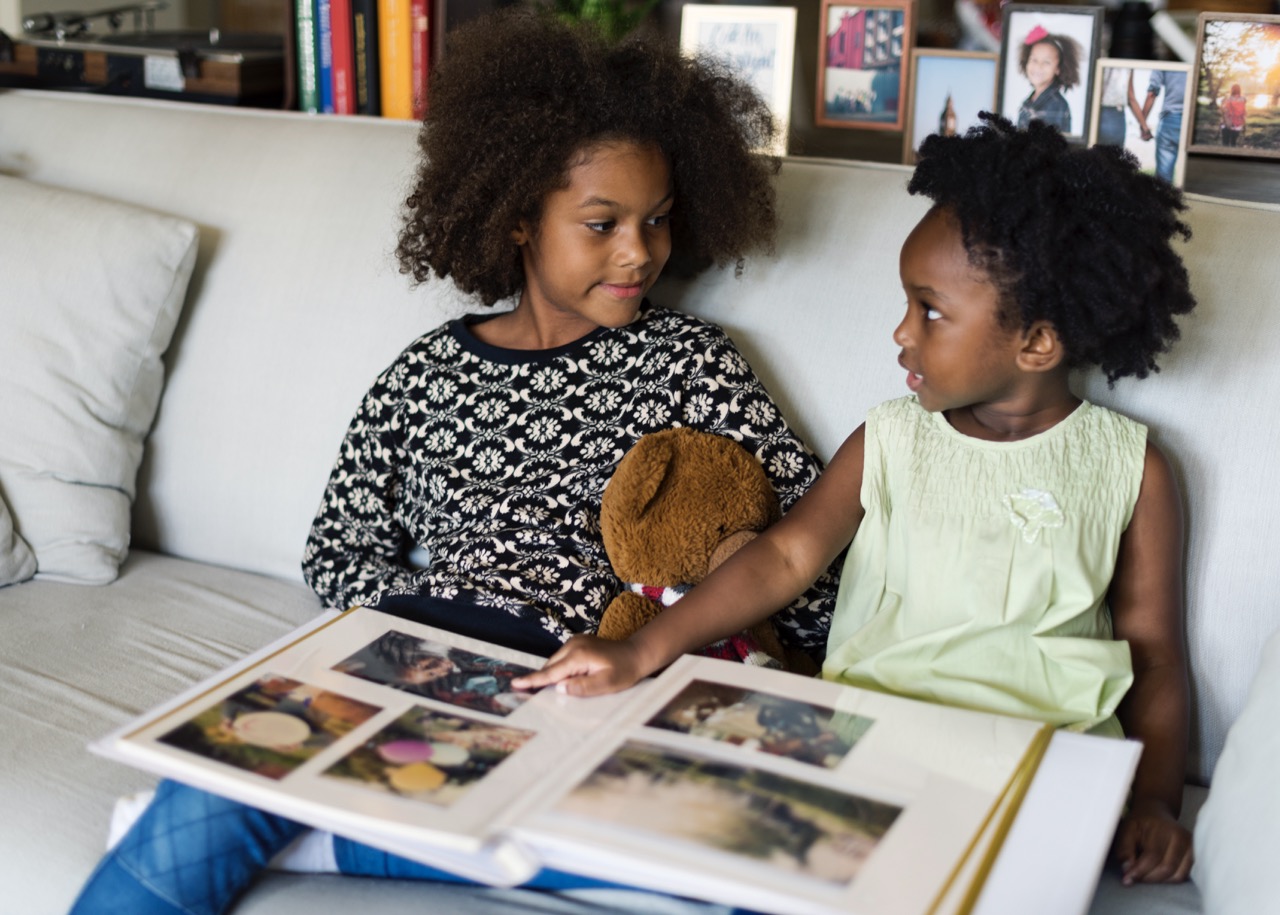In a world increasingly driven by technology and fast-paced living, the importance of creativity and imagination cannot be overstated. These qualities are essential not just for artists or writers, but for anyone looking to solve problems, innovate, or simply find joy in their daily lives. One of the most accessible ways to stimulate creativity is through reading. Books can serve as portals to new worlds, challenge our ways of thinking, and inspire us to see things from different perspectives. In this article, we delve into the transformative power of inspirational books and highlight titles that can spark your creativity and broaden your imagination.
Unlocking Your Mind: The Power of Inspirational Books
The act of reading has long been celebrated for its ability to transport readers beyond their current realities. Inspirational books can unlock the creative potential within us by exposing us to diverse ideas and profound insights. When we engage with the narratives and philosophies presented in these texts, we begin to question our assumptions, encouraging a deeper exploration of our thoughts and feelings. This mental freedom is essential for creativity, as it allows us to forge connections between seemingly disparate ideas.
Furthermore, books that inspire creativity often provide frameworks or examples of overcoming challenges, which can motivate readers to pursue their own creative endeavors. Whether through memoirs of artists who overcame self-doubt, or guides on creative thinking, these narratives act as catalysts for change. They not only highlight the struggles inherent in the creative process but also celebrate the triumphs, reminding us that creativity is a journey filled with ups and downs.
Lastly, the very act of reading itself fosters a sense of imagination. As we visualize the characters, settings, and events described on the page, we engage our minds in a way that stimulates creative thought. This mental exercise is akin to a workout for our imaginations, building the muscle we need to think outside the box. By prioritizing reading as a regular activity, we create a habit that continually sharpens our creative faculties.
Top Titles That Ignite Creative Sparks in Readers
Several books have been celebrated for their ability to ignite the creative spark within readers. One such title is "Steal Like an Artist" by Austin Kleon, which encourages individuals to embrace the concept of remixing ideas and learning from others. Kleon’s straightforward and engaging style demystifies the creative process, making it accessible to everyone. His ten transformative principles provide practical advice that can be immediately applied to any creative project, making the book a must-read for aspiring artists and innovators alike.
Another essential title is "Big Magic: Creative Living Beyond Fear" by Elizabeth Gilbert. In this inspiring work, Gilbert explores the mysteries of creativity and offers a refreshing perspective on overcoming fear and self-doubt. She emphasizes the importance of curiosity and the freedom to pursue creative endeavors without the pressure of perfection. Through personal anecdotes and thoughtful reflections, Gilbert encourages readers to embrace their creative instincts, fostering an environment ripe for inspiration.
Lastly, "The Artist’s Way" by Julia Cameron is often heralded as a classic in the realm of creative self-help. This comprehensive guide is designed to help individuals reconnect with their creative selves through a series of exercises and reflections. Cameron’s approach emphasizes the importance of routine, accountability, and self-exploration as pathways to creativity. The book is not only a guide for artists but also for anyone looking to foster a deeper connection to their own imaginative potential.
Journey Through Pages: Books That Expand Imagination
Beyond bolstering creativity, certain books are exceptional at expanding the boundaries of our imagination. "The Hitchhiker’s Guide to the Galaxy" by Douglas Adams is a prime example, blending humor and science fiction in a way that invites readers to ponder the absurdities of the universe. Adams’ whimsical narrative style and imaginative world-building encourage readers to think beyond the conventional limits of reality, fostering a sense of wonder and curiosity.
Another book that pushes the envelope of imagination is "The Night Circus" by Erin Morgenstern. This enchanting tale weaves together elements of magic, romance, and rivalry within a mystical circus that appears only at night. Morgenstern’s vivid descriptions and rich character development transport readers into a dreamlike world where the impossible becomes possible. This immersive experience not only stimulates the imagination but also invites readers to envision their own fantastical narratives.
Lastly, "The Wind-Up Bird Chronicle" by Haruki Murakami offers a surreal journey that blurs the lines between reality and dreams. Murakami’s unique narrative style and intricate storytelling challenge readers to delve deeper into their own subconscious mind. As they navigate the layers of the story, readers are prompted to explore their own interpretations and meanings, expanding their imaginative capacity. Books like these demonstrate that reading can be an exploration of the limitless possibilities of the human mind.
How Literature Can Foster Innovation and Originality
Literature not only inspires creativity but also serves as a foundation for innovation and originality. Many groundbreaking ideas have emerged from the insights offered by various literary works. By exposing readers to different cultures, philosophies, and narratives, literature provides a rich tapestry from which individuals can draw inspiration. This cross-pollination of ideas often leads to innovative thinking and the development of original concepts.
Moreover, literature encourages critical thinking by presenting complex characters and moral dilemmas. Engaging with these nuanced stories fosters a sense of empathy and understanding, essential components for creative problem-solving. Readers are challenged to consider multiple perspectives and think outside the box, enabling them to approach challenges with fresh insights and inventive solutions.
Finally, literary analysis itself is a creative endeavor. As readers dissect themes, symbols, and character arcs, they engage in a form of creative thinking that can be applied to other areas of life. This practice of interpretation and synthesis is crucial for developing original ideas, as it teaches readers to see connections and patterns that may not be immediately apparent. In this way, literature serves as a powerful tool for fostering innovation and originality.
Famous Authors Share Their Creative Inspirations
Numerous esteemed authors have shared their insights on the sources of their creative inspiration, offering valuable lessons for aspiring writers and thinkers. For instance, Neil Gaiman often speaks about the importance of curiosity in nurturing creativity. He encourages readers to explore diverse experiences and disciplines, emphasizing that inspiration can be found in the most unexpected places. Gaiman’s belief in the power of storytelling underscores the idea that every person has a unique narrative to share.
Similarly, Maya Angelou’s reflections on creativity highlight the significance of authenticity. She believed that embracing one’s true self is fundamental to producing original work. Angelou often drew inspiration from her own life experiences, revealing that personal stories can serve as powerful fuel for creativity. Her wisdom serves as a reminder to aspiring creatives that their individuality can be their greatest asset.
Lastly, Stephen King has famously articulated the role of discipline in the creative process. He advocates for establishing a consistent writing routine, asserting that creativity often flourishes within the framework of structure. King’s emphasis on dedication and perseverance illustrates that creativity is not merely a whimsical occurrence but can be cultivated through hard work and commitment. By understanding the experiences and philosophies of these authors, readers can glean insights that may enhance their own creative journeys.
Embrace Your Creativity: Building a Reading List Today
As we explore the books that inspire creativity and imagination, it’s essential to take action and build a personalized reading list. The first step is to identify what resonates with you personally – whether that’s fiction, non-fiction, poetry, or creative guides. By selecting books that reflect your interests and aspirations, you increase the likelihood of finding inspiration that speaks to your unique creative journey.
Consider integrating a mix of genres into your reading list. Classic literature, contemporary works, and even genre fiction can all contribute to a rich tapestry of ideas and perspectives. For example, pairing a thought-provoking memoir with a whimsical fantasy novel encourages imaginative thinking while grounding it in real-world experiences. This diversity can stimulate your creativity and lead to unexpected connections between different ideas.
Lastly, make a commitment to prioritize reading in your daily routine. Set aside dedicated time each day or week to immerse yourself in the books that captivate you. Engage with the material, take notes, and reflect on how the ideas presented resonate with your own life and creative endeavors. By fostering a consistent reading practice, you create a fertile ground for inspiration and innovation, ensuring that your creative spirit remains nourished and vibrant.
In a world filled with distractions, cultivating creativity and imagination is more important than ever. Inspirational books offer a path to unlocking your mental potential, encouraging you to explore new ideas and perspectives. By engaging with the titles discussed in this article and embracing the insights of renowned authors, you can ignite your creative spark and foster originality in your own life. Remember, the journey to creativity begins with the turn of a page—so pick up a book and let your imagination soar!










